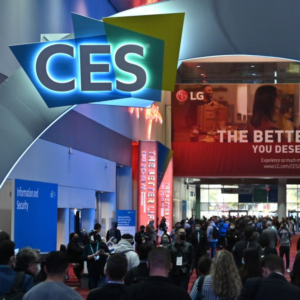As vehicles have increasingly become high-tech devices, and as new forms of mobility shake up the traditional automotive culture, CES in Las Vegas (formerly called the Consumer Electronics Show) has emerged as one of the most important cars shows of the year. In spite of last year’s cancellation of the in-person event, and this year’s continued pandemic-related turmoil, CES’s role as a showcase for the future of mobility endures.
This year, PAVE’s members showed new vehicles, systems and components; announced long-term goals; and shared their vision for improving the world through their new technologies Together, these announcements show the potential of driving automation, from short-term safety improvements to long-term reinvention. This annual crop of news and announcements is a great opportunity to see where driving automation technology is and where it’s going, so let’s take a look.
The Biden administration sought to highlight its active engagement with new mobility technologies at CES, as Secretary of Transportation Pete Buttigieg announced the department’s new innovation principles. The principles serve as a preview of Buttigieg’s policy agenda, which prioritize a trio of objectives: the need for experimentation and flexibility, the importance of public-private engagement, and the importance of ensuring new technologies benefit workers and increase equity. Having already signaled in recent interviews the Department’s intent to increase engagement in driving automation technology, the Secretary’s announcement at CES ensured that the entire sector understands it’s a top priority in the year ahead.
WIRED’s coverage of CES this year surfaced an important takeaway, which has informed some of PAVE’s recent educational content: AVs are already here, if you know where to look. While companies announce ambitious new future goals for the technology, AVs are quietly filling useful niches from agriculture to logistics. With John Deere revealing a fully autonomous tractor, and autonomous trucking developers from Waymo, Aurora and TuSimple showing off automated trucks that haul real loads on real roads, these hard-working “niche” AVs are finally getting their time in the sun.
Passenger AVs also remained at the forefront at CES this year, as a number of PAVE member companies move closer to deployment. Motional celebrated the countdown to its 2023 Las Vegas robotaxi deployment, giving virtual rides in their Hyundai IONIQ5-based AVs. Waymo showed off the Jaguar iPace-based vehicles it is testing in San Francisco, alongside its autonomous semi truck and news about its steps into delivery. Waymo and Intel’s Mobileye also recently struck deals with the Chinese automaker Geely, with the rival autonomous driving stacks each going into a vehicle designed by the group’s new Zeekr brand. New PAVE member WeRide also demonstrated one of their more than 300 robotaxis at CES, showing it navigating the streets of Guangzhou, and a challenging urban village.
In the shorter term, PAVE member Luminar has teamed with Volvo to offer lidar on future vehicles, enabling significant enhancements to driver assistance features and even offering limited SAE Level 3 autonomous driving in the future. A demonstration showed how advanced sensors can enhance automated emergency braking for pedestrians, especially in low light conditions where the road safety data show the most room for improvement. In other lidar news, AEye showed a wide variety of features and capabilities enabled by its sensors in an extensive virtual CES livestream and Velodyne showed how lidar on vehicles and infrastructure combine to maximize safety.
Finally, it wouldn’t be CES without some big, ambitious announcements, and PAVE members GM and Mobileye stepped up by announcing that they would eventually sell private AVs to the public. Mobileye announced a Level 4 autonomous vehicle for the consumer market as part of its “AV Everywhere, in Every Way, for Everyone” vision, while GM showed off a sleek autonomous Cadillac concept during CEO Mary Barra’s keynote. We would be remiss if we didn’t remind the public that there are no autonomous vehicles for sale today, and that driver assistance on the cars available today require constant monitoring. We’ll let you know if that changes, but for now GM and Mobileye’s vision of an AV you can buy is still a good five years into the future.
While we wait for those far-off visions of new AV applications to arrive, the progress being made today is as exciting as ever. If you’d like to catch a taste of the excitement, you can watch CNET’s recording of the Indy AV Challenge race at Las Vegas Speedway for CES. Watching cars drive themselves at well over 100 MPH is every bit as thrilling as watching the world’s leading AV developers race to bring robotaxis, semi trucks, delivery vehicles and countless other AVs to the roads near you.
We’ll see what twists and turns await in this rapidly evolving world!


